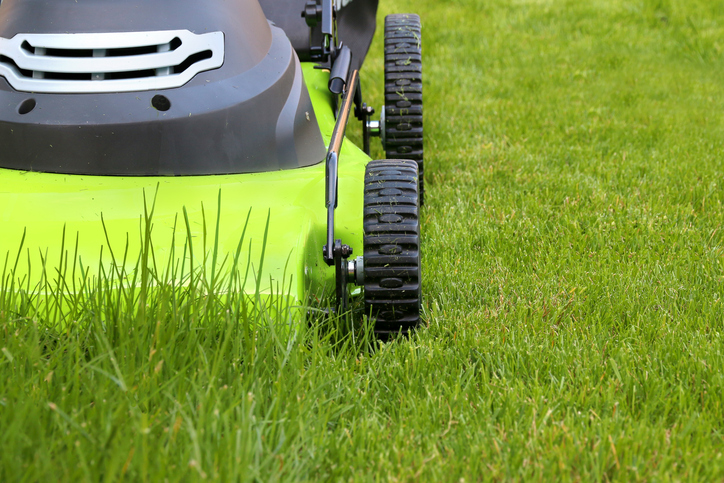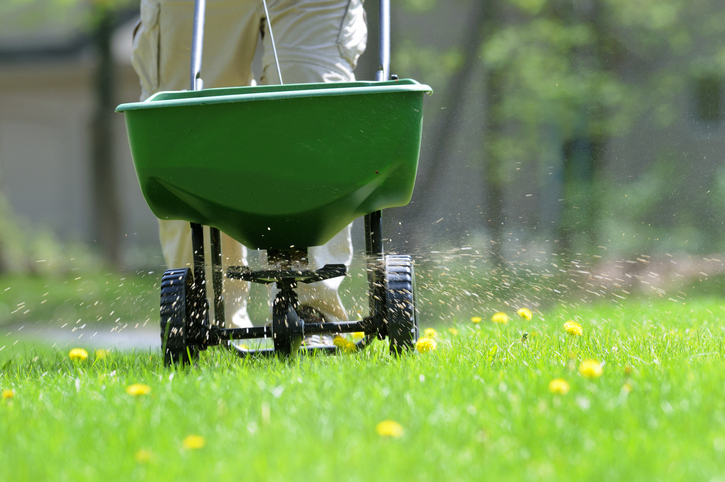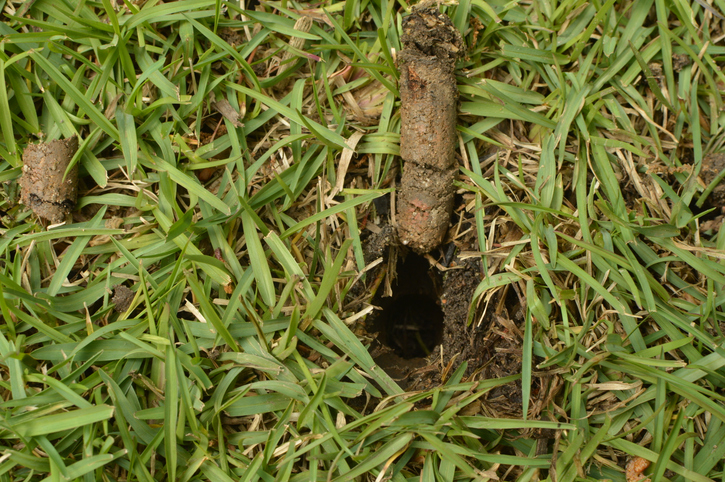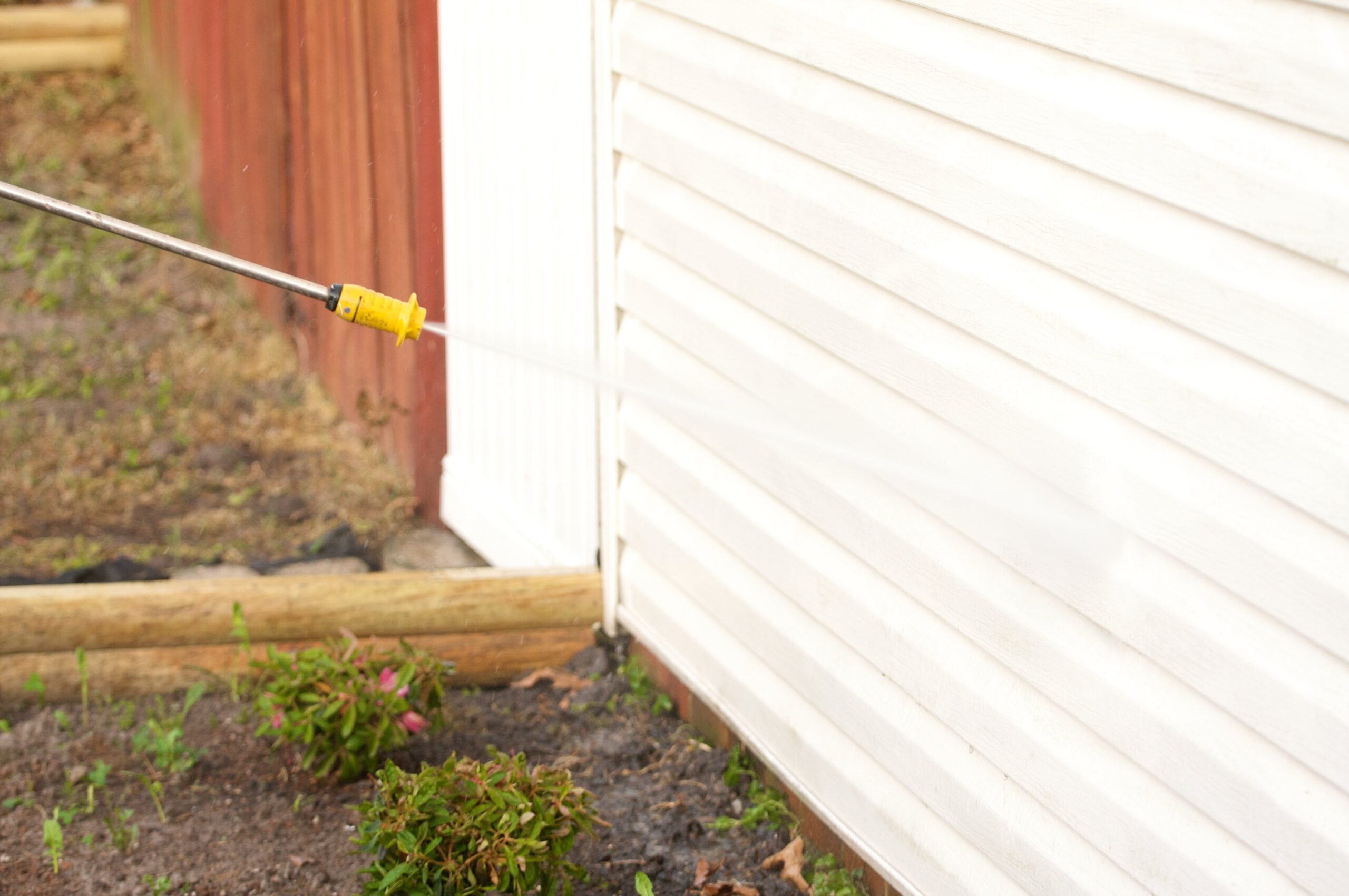
The Importance Of A Soil Test
March 19, 2021
Before you can make changes to your soil, you need to have a clear understanding of its current state. Your soils pH plays one of the biggest roles in getting the results you want for your lawn.
What really matters is what’s going on underneath the soil. Without a healthy soil, plant life and your grass will not survive.
Why Do A Soil Test?
A soil test is important for many reasons. It can provide you with details to determine the nutrient status and pH levels of your lawn. It offers homeowners with helpful information regarding any lawn problems they may be having, as well as what products would be best to help solve them.
For example, let’s say your soil test measures a pH level of 5 for your lawn, measuring lower than the neutral pH level of 7, these results show the measure of how acidic your lawn soil is.
With that pH level, nutrients will often fail to be absorbed. With this information, a limestone application would be recommended to help raise the pH of your lawn soil and restore its health.
pH Levels
If you are unfamiliar with pH levels, the scale ranges from 0-14 with 0 being the most acidic, 7 being neutral, and 14 being alkaline. For example, water is neutral with a pH level of 7, and alkaline have even less hydrogen than water.
For your lawn to thrive, you want your soils pH levels ranging anywhere around 6 to 7. Depending on the test results, you can apply limestone or sulfur to help neutralize your lawn. If the soil is too acidic, a limestone application will help to raise the pH level and get your lawn back to a neutral level.
If your soil is showing higher numbers and is alkaline, you can use sulfur to help lower the pH and get to a more neutral number. It is important to remember that depending on how acidic or alkaline your soil is, you may need to apply the product a few times for it to fully level out your pH levels.
A soil test can be beneficial when looking for the best fertilizer for your lawn. Using a fertilizer with too much nitrogen can affect the soils pH levels. It is important to do a test because every environment and grass type can have different pH levels.
If you want to learn more about pH levels and soil testing click HERE.
Soil Testing
There are a few ways you can test your lawns soil. You can purchase an at-home kit, but these are not as precise when compared to sending it out to a laboratory center that will give you an accurate reading on the nutrients and pH levels.
If you were to test your soil there are a few things to remember. It is likely that your lawn does not have the same chemistry across the entire lawn. Therefore, you will want to take samples from a few different areas in your lawn; an area where you may have had problems, your main lawn area, and a shaded area. This will help you get the best reading of your entire lawns nutrients and pH levels.
The next step is collecting the soil sample, whether you are sending it to a lab or testing it at home you can follow these steps:
- Dig down a couple of inches in the soil to make a small hole
- Scrape a sample from the edge of the hole, removing some of the roots and organic matter
- Select 2-3 other places in this area to dig to ensure you get a good mix
- Mix the samples together that are from the same area
- Be sure to let the soil dry out if it’s damp
- Fill the mixed sample in a clean plastic bucket or your soil test bag
- Repeat this to the other important areas around your lawn
- Either package them up and send them off to the lab for testing, or follow the instructions on the at-home kit
Remember, it may take some time before seeing results, but with a soil test and these lawn care tips, you can know what your lawn needs!
If you’re looking for more information on soil testing or are simply ready to speak with someone about your lawn care needs, go to www.LoveYourLawn.com or call 866-724-4555 for a free quote today!
Before you can make changes to your soil, you need to have a clear understanding of its current state. Your soils pH plays one of the biggest roles in getting the results you want for your lawn.
What really matters is what’s going on underneath the soil. Without a healthy soil, plant life and your grass will not survive.
Why Do A Soil Test?
A soil test is important for many reasons. It can provide you with details to determine the nutrient status and pH levels of your lawn. It offers homeowners with helpful information regarding any lawn problems they may be having, as well as what products would be best to help solve them.
For example, let’s say your soil test measures a pH level of 5 for your lawn, measuring lower than the neutral pH level of 7, these results show the measure of how acidic your lawn soil is.
With that pH level, nutrients will often fail to be absorbed. With this information, a limestone application would be recommended to help raise the pH of your lawn soil and restore its health.
pH Levels
If you are unfamiliar with pH levels, the scale ranges from 0-14 with 0 being the most acidic, 7 being neutral, and 14 being alkaline. For example, water is neutral with a pH level of 7, and alkaline have even less hydrogen than water.
For your lawn to thrive, you want your soils pH levels ranging anywhere around 6 to 7. Depending on the test results, you can apply limestone or sulfur to help neutralize your lawn. If the soil is too acidic, a limestone application will help to raise the pH level and get your lawn back to a neutral level.
If your soil is showing higher numbers and is alkaline, you can use sulfur to help lower the pH and get to a more neutral number. It is important to remember that depending on how acidic or alkaline your soil is, you may need to apply the product a few times for it to fully level out your pH levels.
A soil test can be beneficial when looking for the best fertilizer for your lawn. Using a fertilizer with too much nitrogen can affect the soils pH levels. It is important to do a test because every environment and grass type can have different pH levels.
If you want to learn more about pH levels and soil testing click HERE.
Soil Testing
There are a few ways you can test your lawns soil. You can purchase an at-home kit, but these are not as precise when compared to sending it out to a laboratory center that will give you an accurate reading on the nutrients and pH levels.
If you were to test your soil there are a few things to remember. It is likely that your lawn does not have the same chemistry across the entire lawn. Therefore, you will want to take samples from a few different areas in your lawn; an area where you may have had problems, your main lawn area, and a shaded area. This will help you get the best reading of your entire lawns nutrients and pH levels.
The next step is collecting the soil sample, whether you are sending it to a lab or testing it at home you can follow these steps:
- Dig down a couple of inches in the soil to make a small hole
- Scrape a sample from the edge of the hole, removing some of the roots and organic matter
- Select 2-3 other places in this area to dig to ensure you get a good mix
- Mix the samples together that are from the same area
- Be sure to let the soil dry out if it’s damp
- Fill the mixed sample in a clean plastic bucket or your soil test bag
- Repeat this to the other important areas around your lawn
- Either package them up and send them off to the lab for testing, or follow the instructions on the at-home kit
Remember, it may take some time before seeing results, but with a soil test and these lawn care tips, you can know what your lawn needs!
Recent News

Mastering Mowing Techniques for Southern Lawns
April 23, 2024
Now that spring has arrived in the Southern region of the United States, it’s time...

Professional vs. DIY Lawn Care: Which is right for you?
March 28, 2024
For many of us homeowners, the arrival of spring brings back the desire for a...

Spring is here—should you aerate your lawn?
March 28, 2024
Spring is here, and lawns are emerging from their winter dormancy. If you’re now thinking...

Pest Control for Fall
October 18, 2023
Now that the weather is getting colder, you may start to see unwanted insects seeking...

